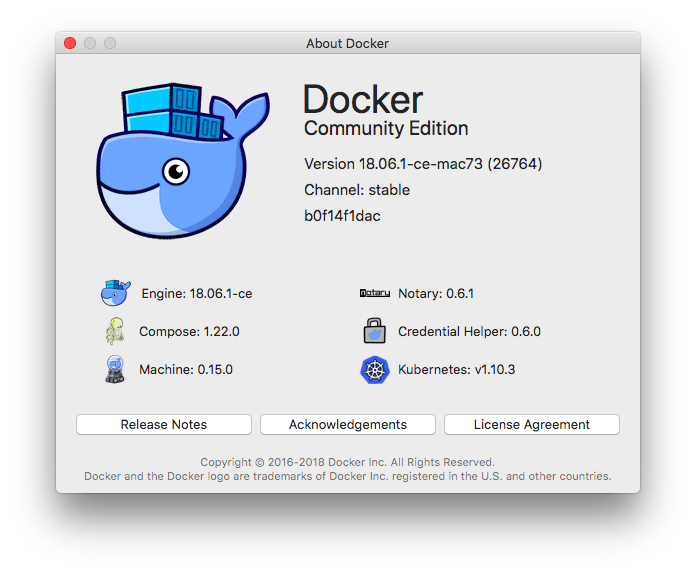

Note: If you are on an M1 machine, you’ll need to once again specify -platform linux/x86_64īy running docker ps you should see your MySQL database running. In this case, we are not changing the port, so both values will be the same. The -p flag in this command forwards the MySQL server port from Docker to the host machine. You cannot set this in the Docker Desktop GUI and must do so through the command line: docker run -name my-mysql -p 3306:3306 -e MYSQL_ROOT_PASSWORD=mypassword -d mysql The MySQL image requires that you supply a root password. Note: If you are on an M1 (Apple Silicon Chip) machine, you’ll need to run docker pull -platform linux/x86_64 mysql as there is currently no ARM64 MySQL package available. To get the latest one, use pull: docker pull mysql

Get the Official MySQL Docker ImageĬheck out the list of MySQL versions available in docker. When first opened, Docker requires additional permissions to function, so you’ll have to enter your password. Run Docker by using the command line or opening Docker.app. Alternatively, if you use a command-line package manager like Homebrew, you can install Docker as a cask with: brew install -cask docker If you don’t already have Docker, you can download the installer from the Docker website.
#Mac docker mysql client how to
In this guide, we’ll walk you through how to install MySQL in your Docker container on macOS(X). MySQL is one of the most popular database systems available today.
If you and your team are working on a containerized project, you often need a database to store information.


 0 kommentar(er)
0 kommentar(er)
